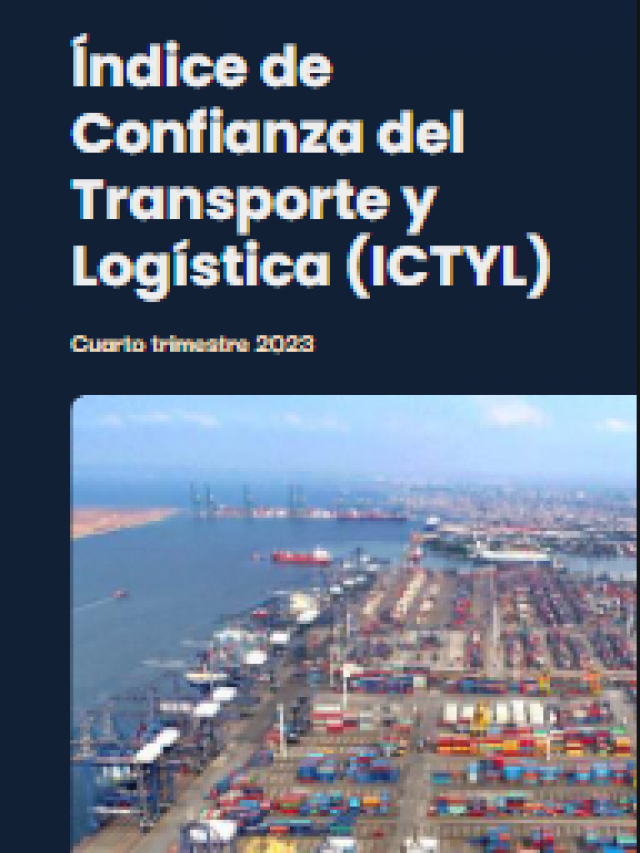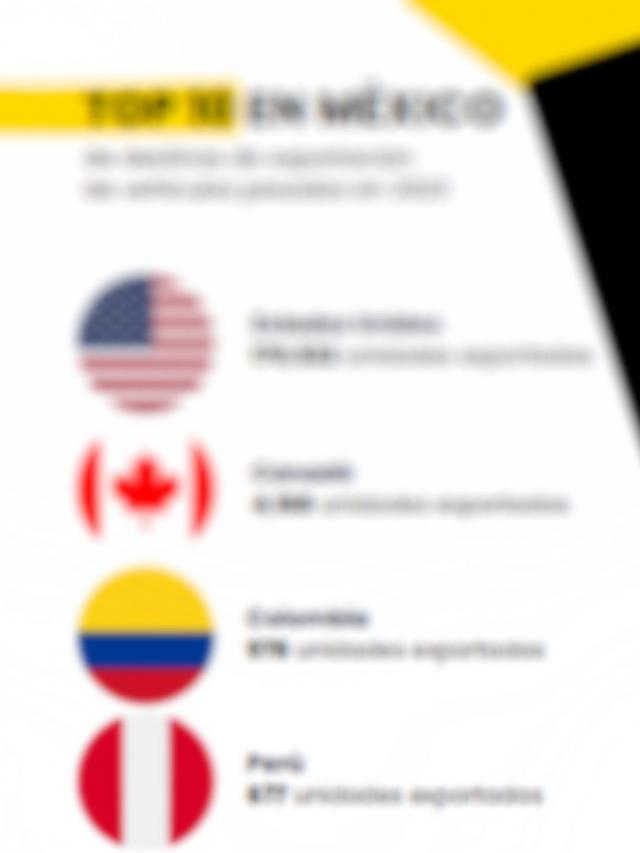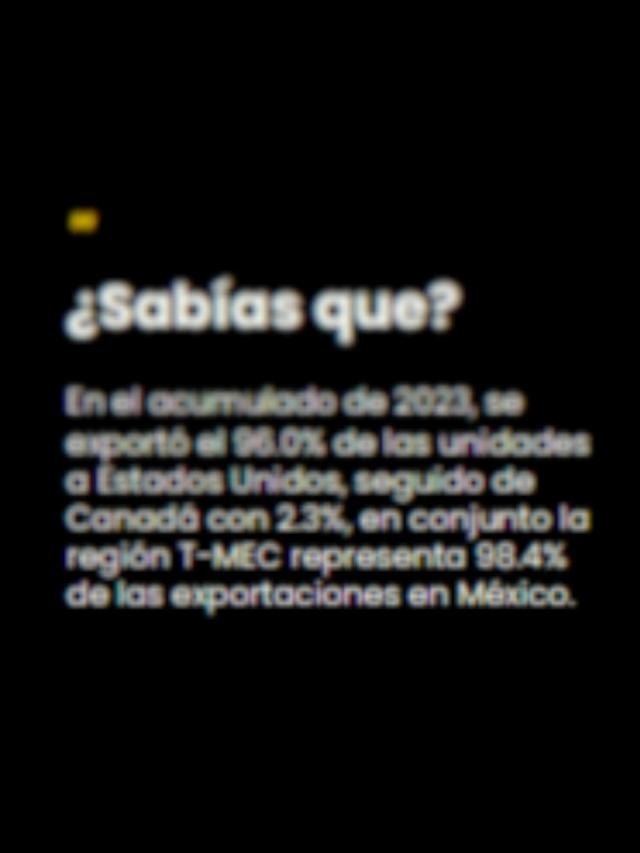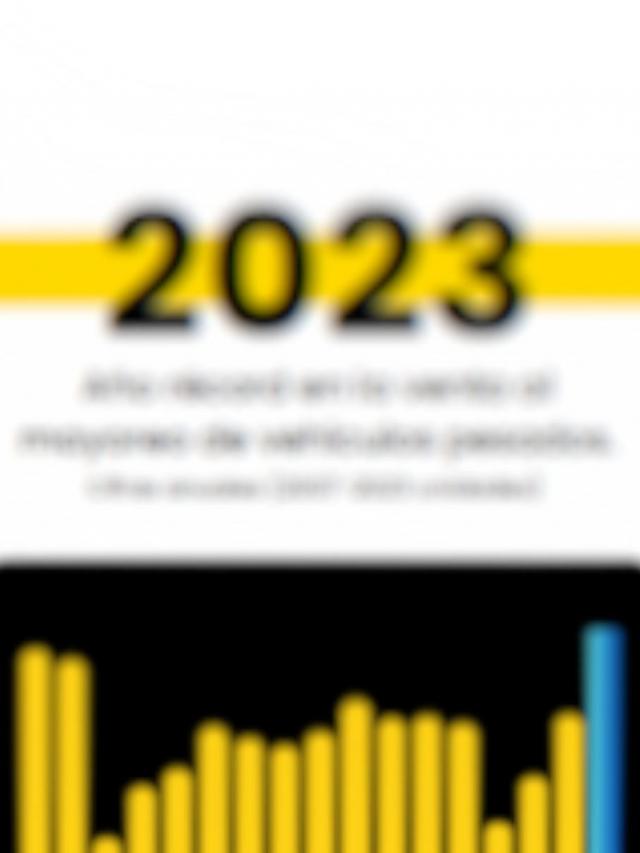Since the second half of last year, inflation in Mexico has been declining and, according to Paulina Anciola , deputy director of Economic Studies at Banamex , the forecasts of this financial institution indicate that by the end of 2025, general inflation could be 3.8 percent .
Anciola said that the 25% tariffs proposed by the President of the United States, Donald Trump , for Mexico, if applied, would be inflationary.
“We think that in Mexico the risk of an economic recession will be a little stronger, since inflation would not change much from what we have in the current scenario,” he added at the Banamex Dialogues event.
Regarding the Bank of Mexico’s (Banxico) forecasts for rate cuts , he indicated that the central bank could begin to make cuts of 50 basis points.
“Banxico raised its rate to 10% in December and has already announced several times that it wants to perhaps increase the magnitude of the cuts this Thursday, since we are going to have the first monetary policy decision of the year and we were already seeing a 50 basis point cut in this decision since the beginning of the year,” he added.
At a press conference, he said that the issue of tariffs could generate a lot of volatility in the financial markets, as well as a certain depreciation.
Regarding the exchange rate, he pointed out that they have seen a “very strong depreciation and very high volatility” since the second half of last year, especially since the victory of President Claudia Sheinbaum, “the truth is that the super peso is over, we saw more or less a depreciation of around 20% throughout last year.”
He pointed out that the economic policies implemented by Trump will continue to generate volatility in financial markets, which could cause the exchange rate to close at 21.20 pesos per dollar this year.
Economic activity, with a weak close in 2024
Meanwhile, Iván Arias , director of Economic Studies at Banamex, commented that during the fourth quarter of 2024, economic activity had a weak close, with a quarterly drop of 0.6% , which, he said, is the worst figure since the third quarter of 2021.
Arias noted that there was a slowdown last year, among other factors, due to lower investment, which was more noticeable in the second half of 2024.
The specialist also said that they estimate a growth of the Gross Domestic Product (GDP) of only 0.2% for this year, if the tariffs are temporary, lasting three or four months. If they are permanent, the estimate is a fall of GDP of up to 2.2% , he stressed.
He also pointed out that public investment in general will continue to decline during 2025, after having reached a peak in the middle of last year.
“We are still seeing fairly high interest rates. The medium-term growth prospects are modest, they are moderate, but fundamentally we have been seeing an environment of high growth since the second half of last year,” Arias said.
He said that this is due to the uncertainty caused by internal institutional deterioration, such as judicial reform , among investors.
In turn, Rodolfo Ostolaza , deputy director of Economic Studies at Banamex, stated that the most affected sector would be manufacturing , followed by construction , mining and the agri-food sector .
In the case of public construction, he pointed out that there was great productivity in that sector, “but the moment when the flagship projects began to be completed, construction certainly showed a slowdown,” he explained.
For her part, Guillermina Rodríguez , deputy director of Economic Studies at Banamex, said that by region, manufacturing has had less dynamism in the north of the country , as well as in the Bajío in 2024.
He commented that in the southeast there were significant declines in entities such as Tabasco and Campeche, “and we also saw declines in Coahuila in the third quarter of 2024 linked to manufacturing.”
He said that if Trump’s threats to impose tariffs are carried out, the northern regions of the country would be the main target.
Comment and follow us on X: @Eliseosfield / @GrupoT21













